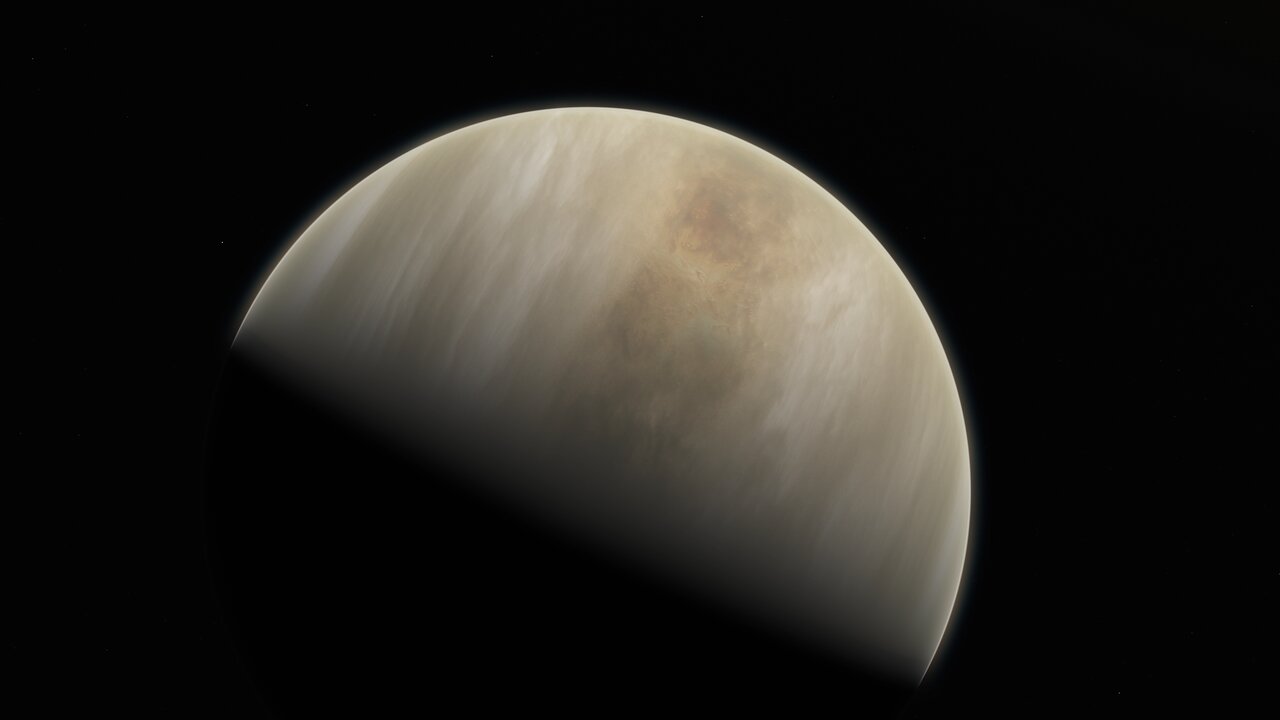New Detection Of Phosphine Deeper In Venus's Atmosphere - And Possibly Ammonia Too
A tentative detection and follow-up on the intriguing biosignatures urge us to go back to Venus.
DR. ALFREDO CARPINETI
Senior Staff Writer & Space Correspondent
by
Katy Evans

The atmosphere of Venus continues to be full of weirdness!
Image Credit: ESO (European Space Organization)/M. Kornmesser & NASA/JPL/Caltech
Astronomers have made new discoveries in the atmosphere of Venus, adding to the compelling complexity and debate over recent discoveries of the molecule phosphine there, and what it means. The unexpected presence of phosphine continues to perplex scientists, but the idea of life in the clouds of Venus continues to be a tantalizing possibility.
From the start, the discovery of phosphine in the atmosphere of Venus has been a revolutionary (and much debated) find. The reason for the uncertainty, however, is simple. Phosphine is a biosignature, which means that its presence could indicate life (and we don't mean Missy Elliot) – and as far as we can tell, there is no life on Venus or among its clouds. Multiple follow-up investigations have observed the presence of this molecule. Now, the team has presented new evidence for this molecule even deeper in the cloud of Venus, and possibly ammonia too.
The potential presence of this molecule deeper in the planet's clouds has been introduced before. Recent analysis of data from NASA’s Pioneer Venus Multiprobe launched in 1978 found compelling hints for the presence of phosphine at around 55 kilometers (34 miles) of altitude in the clouds. The higher the pressure a molecule experiences, the broader the line will appear in the light spectrum, and such a feature was seen on the phosphine line.
“We haven't properly sorted out the atmospheric modeling for this yet, but there are some broad lines at the level that suggest parts per million level of phosphine at around 55, 56, 57-kilometer altitude, consistent with the pioneer Venus probe data,” Dr Dave Clements, from Imperial College London, told IFLScience.
More:
https://www.iflscience.com/new-detection-of-phosphine-deeper-in-venuss-atmosphere-and-possibly-ammonia-too-75139
